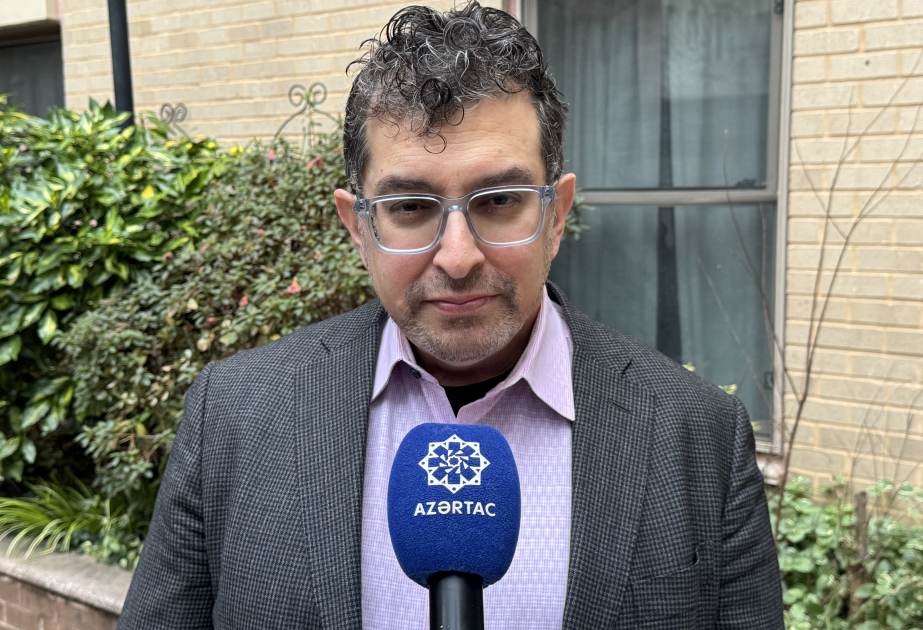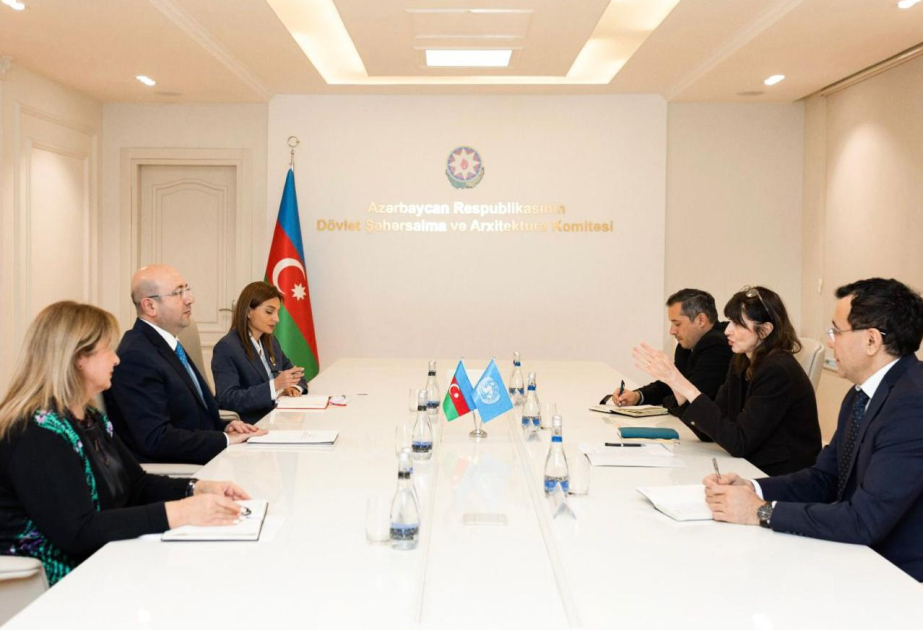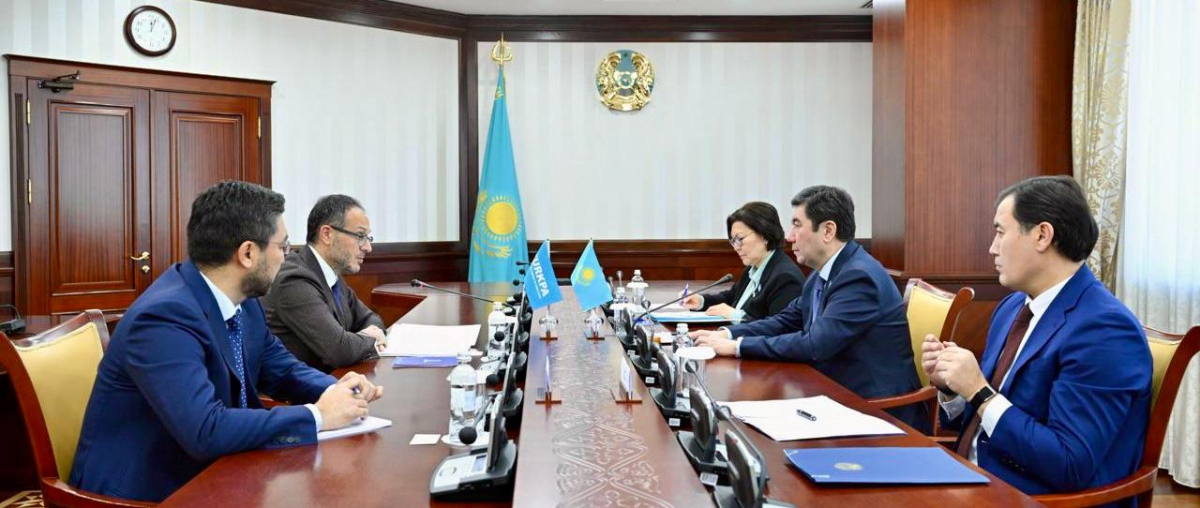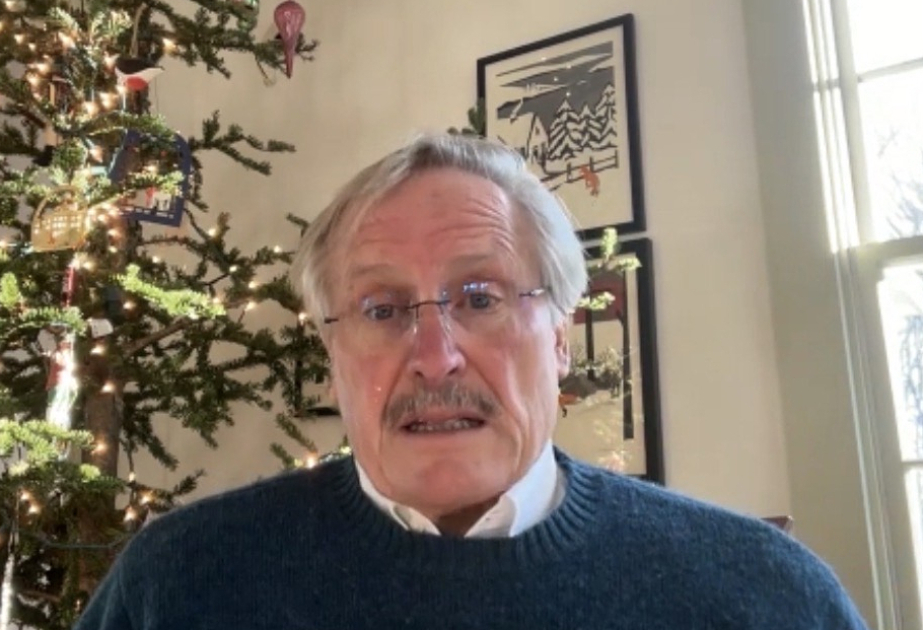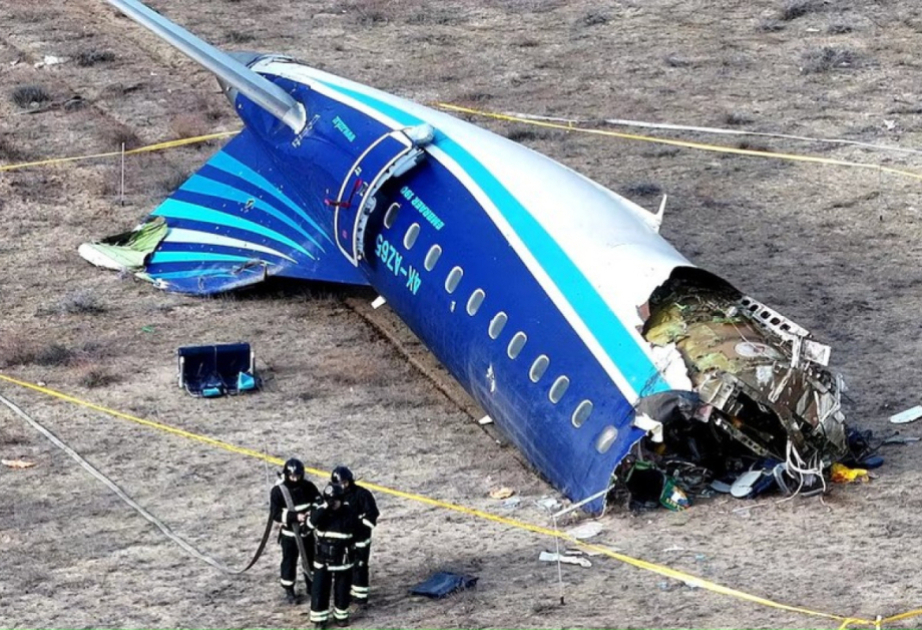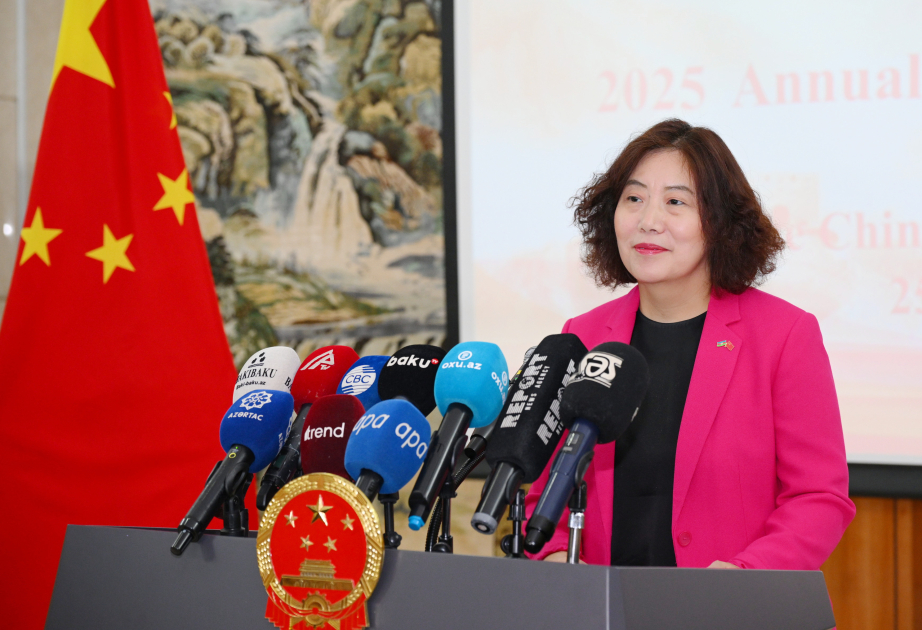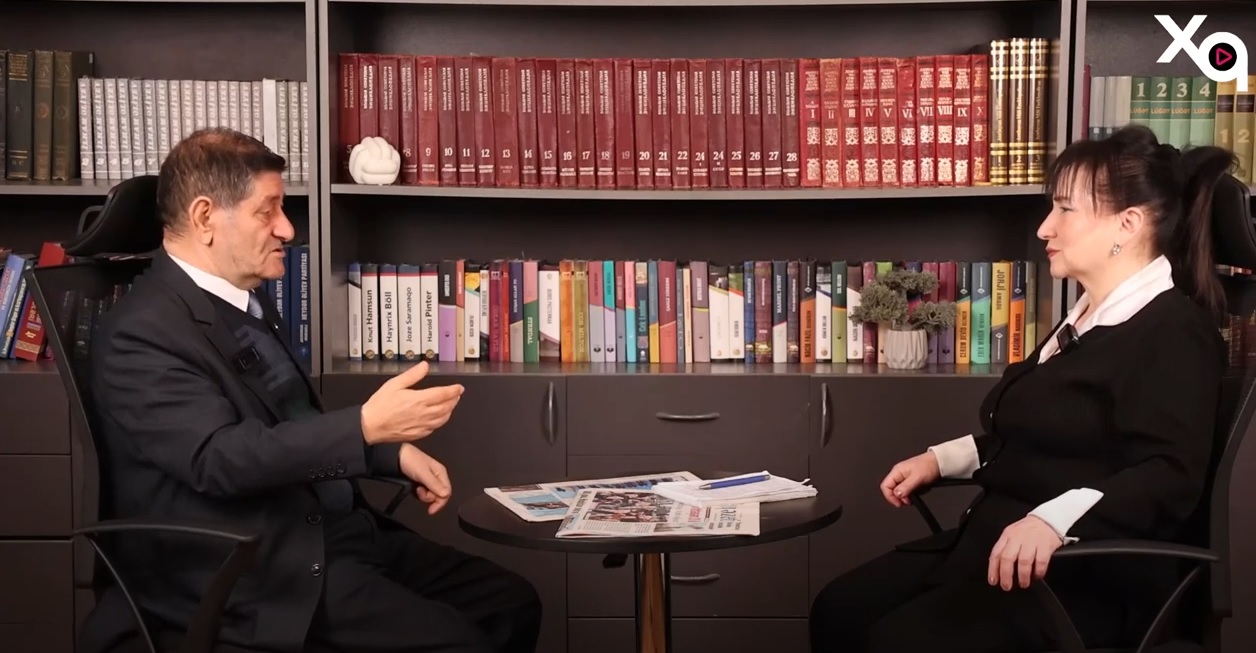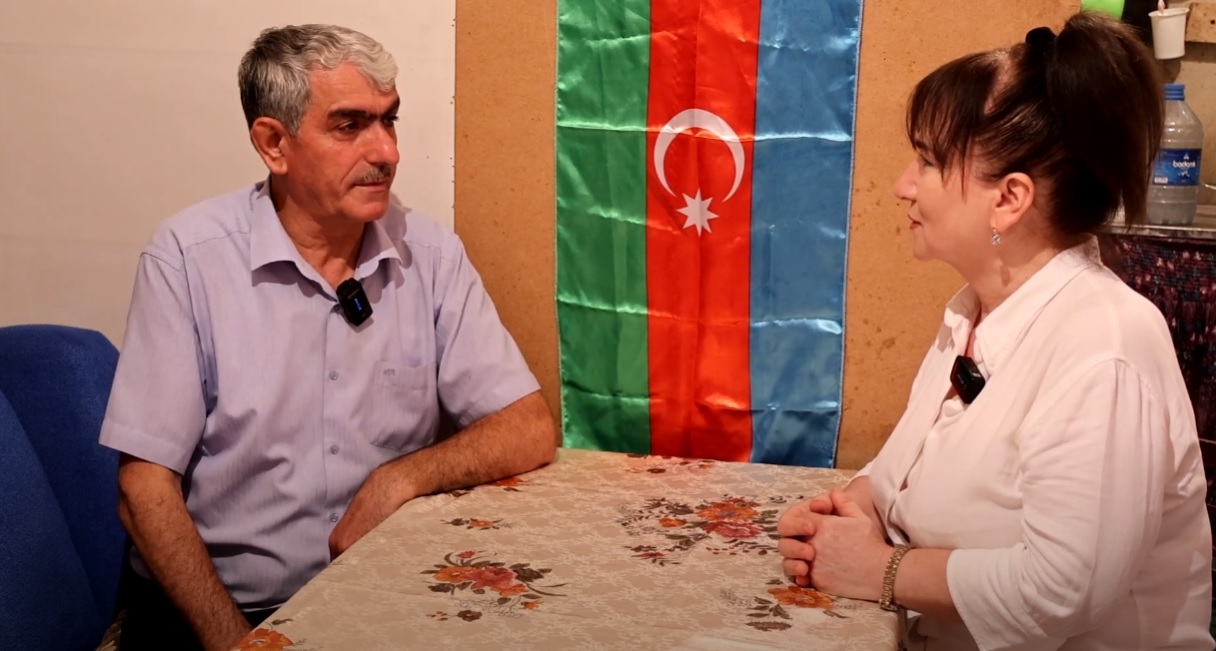On December 5, the Western Azerbaijan Community hosted the International Conference on “The Right to Return: Advancing Justice for Azerbaijanis Expelled from Armenia.” This timely gathering seeks to shed light on one of the most pressing issues of justice and human rights in the region.
For decades, Azerbaijanis who were forcibly expelled from their ancestral lands in Armenia have endured the pain of displacement. Despite international norms supporting the right of return for displaced communities, their plight remains unresolved and often overlooked.
Historical Context
To grasp the present, we must first reflect on the past. The origins of the refugee crisis date back to the early 19th century, during the Russo-Iranian wars. The Treaty of Turkmenchay in 1828 led to the relocation of Armenian families into areas traditionally inhabited by Azerbaijanis. This displacement marked the beginning of a series of population shifts and tensions.
In the 20th century, the situation escalated significantly. The first major wave of deportations occurred in the early 20th century, particularly during the 1918 Armenian Azerbaijani conflict. Thousands of people were forcibly relocated from Yerevan, which underscores the brutal reality faced by many. This was followed by Stalin's era, where a decree resulted in the forced movement of approximately 100,000 Azerbaijanis from Armenia to Azerbaijan. The harsh climate and inadequate living conditions led to significant suffering and loss of life among these displaced individuals.
The final and most significant deportation occurred between 1987 and 1991. This period marked the intensification of ethnic tensions, leading to the forced expulsion of over 300,000 Azerbaijanis from Armenia. This exodus was closely tied to the broader Nagorno-Karabakh conflict, where competing territorial claims exacerbated the situation. The deportations were not only a humanitarian crisis but also a catalyst for further regional conflict.
Impact on Communities
The impact of these deportations on Azerbaijani communities has been profound. Beyond the immediate human suffering, the destruction of cultural heritage and property has been extensive. Over 300 mosques and 500 cemeteries were destroyed, and Azerbaijani homes and infrastructure were repurposed or left in ruins. The loss of cultural sites, including historical mosques and cemeteries, has been particularly devastating, erasing significant aspects of Azerbaijani heritage.
The long-term displacement has left many Azerbaijanis living in refugee status, with their ancestral lands remaining off-limits. Despite the end of major conflicts and the establishment of peace treaties, the return of displaced individuals remains a contentious issue.
Current Situation and Challenges
The situation today remains challenging. The return of refugees to their ancestral lands is a complex process that involves addressing historical grievances, rebuilding destroyed infrastructure, and ensuring the safe reintegration of displaced communities. The Western Azerbaijan Community, established in 1989 and rebranded after the Karabakh war, represents these displaced individuals and advocates for their right to return.
The return process is envisioned as gradual and involves several key steps:
1. International Oversight: An international mission would be essential to oversee the conditions of the return, ensuring that it is safe and dignified.
2. Rebuilding Infrastructure: The Armenian government would need to rebuild homes and infrastructure in the affected areas. This process would be costly and require significant international assistance.
3. Voluntary Return: The return of displaced individuals would be voluntary, with clear communication about the conditions and challenges they might face.
Practical Considerations
In practice, the return of refugees involves addressing several practical issues:
- Reconstruction Costs: Rebuilding homes and infrastructure in war-torn areas would be financially demanding. Armenia, with its limited resources, would require substantial international support to undertake this task.
- Community Integration: The reintegration of displaced Azerbaijani communities into Armenian villages poses challenges. Historical animosities and the long duration of displacement mean that local populations may have deeply ingrained biases.
- International Support: Effective resolution will likely require a collaborative effort involving international organizations, as well as neighboring and allied countries.
Reclaiming the Narrative
To win more international support means to reclaim the narrative. The ongoing tragedy of the Western Azerbaijan’s community has been compounded by the continuous exclusionary rhetoric of othering, fueled by pro-Armenian lobbies in the public sphere. This rhetoric, which promotes historical falsehoods, must be countered with determination and clarity all over the public sphere.
To achieve this, I propose a proactive approach in the media sphere, focusing on seven key areas:
First, the battle of frames and strategic narratives must be won. In a nutshell, media framing selects and highlights some facets of events and makes connections between them to promote a particular interpretation, evaluation, and/or solution. Some consider that the essence of framing is “to mobilize potential adherents and constituents, to garner bystander support, and to demobilize antagonists.”
Master frames are based on deep-seated norms, values, myths, and beliefs. Two master frames are particularly potent in pushing the Armenian maximalist myths, namely the "victimhood" master frame and the "innocence" master frame. Both feed from each other and reinforce each other.
The victimhood master frame is very potent. It aims to legitimize the creation of a great Armenia mythical project while sweeping under the carpet all victims this myth creates. By brandishing this frame, only the Armenian side is worthy of victimhood while their victims are deemed unworthy of being victims; this frame feeds on the Orientalist cliches to portray the Azerbaijani side as heartless, brutal, and uncivilized. Its human dimension and real victimhood are never discussed.
The innocence master frame is equally potent. It repeatedly portrays Armenian aggression as self-defense. This frame presents Armenian actions as retaliation, always putting the blame on the Azerbaijani side if they mount any actions to retrieve their territories and rights. This frame is very reductionist and simplistic. It reduces all forms of action against Armenia, even the perfectly legal and legitimate ones, as unacceptable. Very little meaningful analysis, context or historical background is offered.
Consequently, these master frames use simple language that provides perspectives for the common people on interpreting events and situations. These frames get stronger with proximity and repetition. Enough repetition can make them permanent. Even negating a frame circuit activates and strengthens it at that juncture. A memorable incident was a case in point when Nixon said, “I am not a crook,” but people still thought of him as a crook.
Accordingly, no matter how frequently the Azerbaijani side affirms its goodwill, law-abidance, and keenness for dialogue, these master frames will still define them in the media and public sphere.
Hence, sticking to defensive postures has proven counterproductive. Therefore, a first recommendation is to call upon Azerbaijan's academics, experts, and practitioners to give more attention to this concept and produce strategic frames and counter-frames that help their community prevail in the battle of narratives.
Second, a Digital Centre for Memory dedicated to propagating facts must be established, preserving the Western Azerbaijan community’s heritage, and combating misinformation. This center would produce compelling digital content, such as short videos, reels, tweets, podcasts, and blogs, to reach diverse audiences globally. By utilizing the digital sphere effectively, false narratives can be countered and the legitimate right of return for displaced Western Azerbaijanis highlighted.
Third, social media campaigns must be launched around key dates and events that encourage members of the Western Azerbaijan community to share their stories, photographs, and memories using a common hashtag, creating a powerful, collective narrative. To amplify this impact, the influence of key personalities and social media influencers could be harnessed to engage new generations and foster solidarity across diverse communities. By strategically partnering with influential voices, the community can raise awareness, counter misconceptions, and promote empathy for its cause.
Forth, traveling exhibitions should be organized to tour the Turkic World and allied nations. These exhibitions would bring the history, culture, and plight of the Western Azerbaijan community to life, educating schools, universities, and the wider public about the importance of the right to return. Through powerful visual storytelling and educational initiatives, the community can ensure that this cause resonates on a global scale and inspires collective action.
Fifth, producing documentary series and short films that showcase personal stories of displacement, cultural heritage loss, and resilience. These films can be aired on traditional media, streamed online, and entered into international film festivals to reach a broad and diverse audience, evoking empathy and increasing awareness.
Sixth, using virtual reality (VR) and 360-degree experience of historically significant sites in Western Azerbaijan, including destroyed or altered cultural landmarks. By creating immersive experiences, audiences can better understand the depth of the loss and connect emotionally with the community’s plight.
The refugee crisis that affected Western Azerbaijan is a deeply rooted issue that reflects broader historical and geopolitical tensions. Addressing this crisis requires a multifaceted approach involving historical reconciliation, infrastructural rebuilding, and practical measures to ensure the safe and dignified return of displaced communities. While the path forward is fraught with challenges, a combination of diplomatic efforts, international support, and media engagement is essential to resolving this long-standing humanitarian issue.
This initiative by the Western Azerbaijan Community underscores the urgent need for accountability and a renewed commitment to upholding fundamental rights for all displaced peoples. It is an invitation to the world to stand firmly on the side of justice.
The right of return is about justice, dignity, and reclaiming the community’s heritage. It is a fight against historical erasure, a stance for truth, and an affirmation of human dignity. Together, by countering exclusionary rhetoric with proactive initiatives, we can pave the way for a future rooted in recognition, reconciliation, and hope.
Tarek Cherkaoui
Manager at TRT World Research Centre




